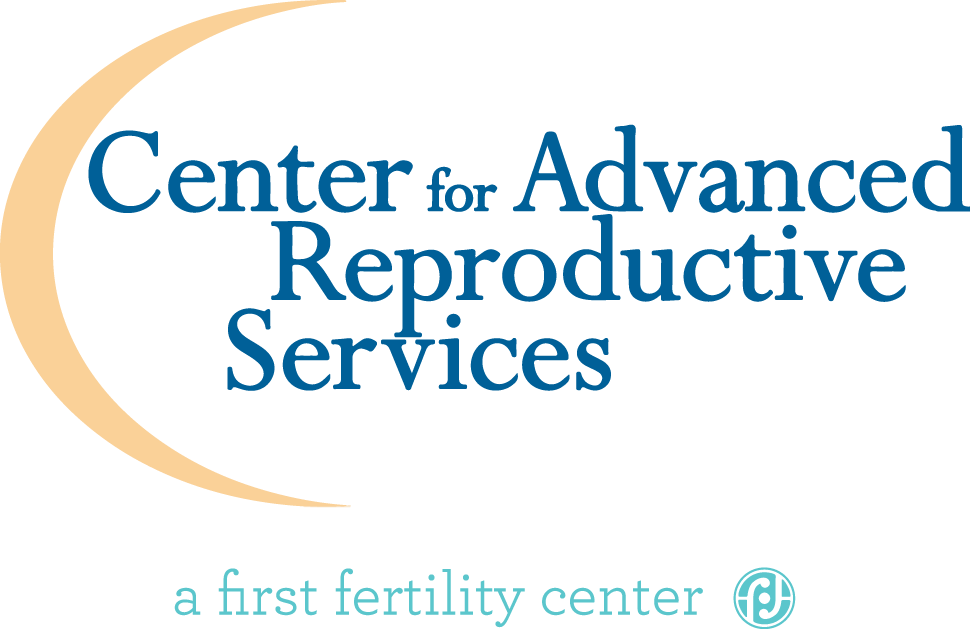A full-term pregnancy lasts around 40 weeks and consists of three trimesters—which begin on the first day of your last menstrual period. Each trimester develops the fetus using specific developmental milestones, and throughout this time, the pregnant person will experience varying side effects and changes in their body.
Although 40 weeks is the standard timeframe, a full-term baby can be born as early as 37 weeks and as late as 42 weeks. We believe it is important to understand how each pregnancy differs—and what soon-to-be parents can generally expect as their baby develops.
Helping you build your family is our only goal. We’re here to help you know which symptoms you may experience throughout your experience, week by week.
|
Weeks |
Trimester |
Symptoms |
|
1-12 Weeks |
1st |
Nausea and vomiting, fatigue, and mood swings. |
|
13-28 Weeks |
2nd |
Darker areolas, potential swelling, and abdomen expansion. |
|
29-40 Weeks |
3rd |
Heartburn, breast leakage, and contractions. |
First Trimester (1-12 Weeks)
The first trimester is a crucial time for the development of the fetus. Over the first 12 weeks (about 3 months) of the pregnancy, the fetus will begin to develop major organs and structures, form fingers to toes, and weigh around one ounce. During this time, the eyelids will also form and remain closed until around week 28 (second trimester).
During the first trimester, the pregnant person will begin to exhibit changes that will likely last throughout the remainder of the pregnancy. These include:
- Fatigue and mood changes
- Food cravings and aversions
- Headaches, indigestion, and constipation
- Nausea and increased urination
Morning sickness can last throughout additional trimesters, although this symptom typically doesn’t last throughout the pregnancy and is most common during the first trimester.
Second Trimester (13-28 Weeks)
The thirteenth week of pregnancy marks the beginning of the second trimester. The fetus undergoes many changes during these fifteen weeks, marking a significant time for fetal development. By the end of the second trimester, the fetus will:
- Form skin, hair, and nails
- Form lungs, but the lungs do not yet work
- Regularly sleeps and wakes
- Develop the first bowel movement in the intestines
Other changes in the fetus include taste buds forming, bone marrow making blood cells, and fine hair covering the body. While the fetus develops, the pregnant person will experience several new changes, such as possibly feeling the baby move and the abdomen expanding as the fetus grows.
Additionally, darker areolas, potential swelling of ankles, fingers, and the face, itching, as well as more prominent stretch marks around the abdomen, thighs, breasts, and buttocks are common. Some may also notice dark patches on the face.
Third Trimester (29-40 Weeks)
The third trimester will last from the 29th week to the delivery, typically around week 40. (Remember—this will vary for every pregnancy.) Because this is the final trimester with the fetus, the pregnant person can expect most organs and body systems to have formed, paving the way for growth with each passing week.
For the fetus, the third trimester experiences several key developmental milestones. This includes the bones hardening, the eyes opening and sensing light, the complete formation of lungs, and the development of a vernix, a white, waxy coat over the skin. As delivery approaches, the fetus will also drop lower in the abdomen, usually facing head-down.
Pregnant people are likely to experience new discomforts and changes during this time, such as:
- Heartburn, shortness of breath, and frequent urination
- Insomnia and mood changes
- Nipple and breast changes
- Contractions, which indicate labor
Know What to Expect with Your Pregnancy
Your pregnancy is an intimate journey. While there are many different paths to parenthood, CARS works to help build your family. We’ve helped conceive over 18,000 babies using the latest technologies and treatments.
Grow your family with a lending hand. Schedule a consultation with a fertility specialist today.
